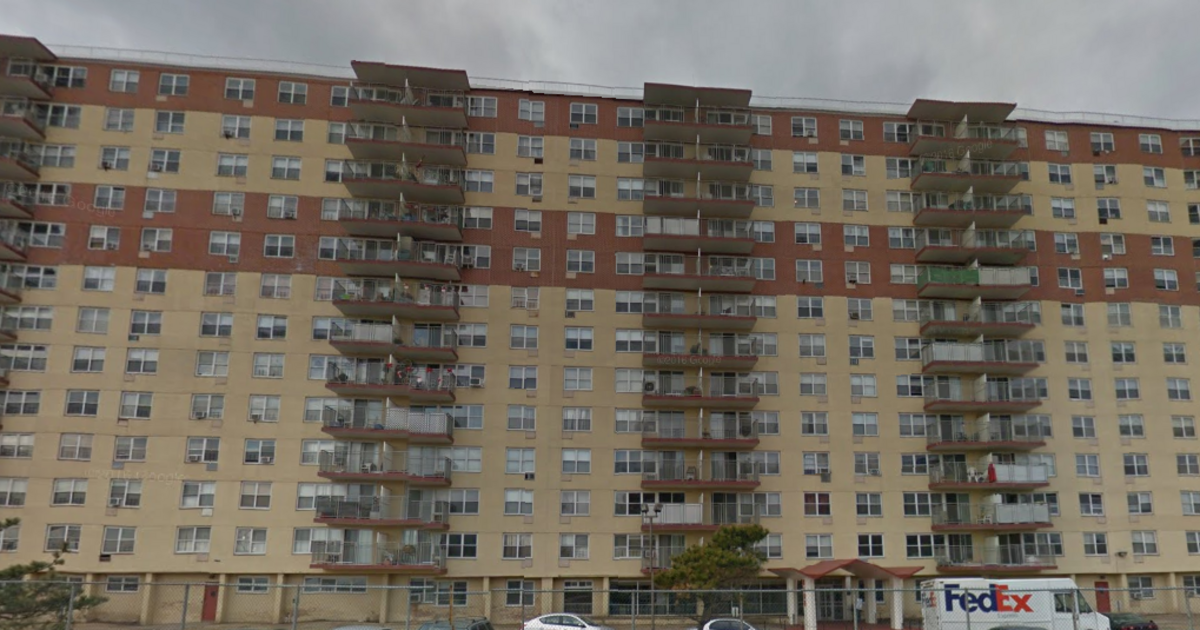

It’s also true that the city’s private housing market does not do a particularly good job of serving people with incomes of even $60,000 or more – the great majority of our city’s people.

While we would prefer to see the mayor’s plan better target the lowest income New Yorkers, the reality is it costs much less to provide housing subsidies to families with higher incomes for the simple reason that they can afford to pay a greater share of the construction and operating costs of their homes. They bear the highest rent burdens and, once rent is paid, have little left over to meet other basic needs. Families at those income levels make up 73 percent of those paying more than 30 percent of their income for rent. Under the mayor’s plan, only eight percent of the units would be accessible to New York families with the lowest incomes, up to $23,000 for a family of three, and another 12 percent from there to $38,000. The concern with the mayor’s Housing New York plan is its focus on middle-income households rather than the poor or near poor. In an effort to replenish the city’s stock of affordable housing, Mayor de Blasio has committed nearly $7 billion in city capital funding for affordable housing production and preservation over ten years. These market forces have combined to cause a net loss of 385,000 apartments affordable to low-income New Yorkers from 2002 to 2011. New York City is facing a housing crisis driven by rising rents, a dramatic decline in the supply of apartments low-income New Yorkers can afford, and a private market that is focused on serving a small, high-income, and even higher-income subset of the population. Some of the same conditions that led to the creation of Mitchell Lama sixty years – namely inadequate housing for low and middle income households – prevail today. More Housing Needed for Poor and Near Poor And the fear is market conditions will continue to put these units at risk of being privatized in the years to come. Today, half of the city’s Mitchell Lama rentals and seven percent of the coops have been lost as affordable housing.

As the city’s housing market evolved, owners took advantage of “buy-out” provisions added to the law that made the program susceptible to massive market conversions after 20 years. The only major flaw in Mitchell-Lama was the lack of permanent affordability protections. Over time the tenants in these subsidized developments helped stabilize communities further illustrating the great potential for government to partner with the private sector to produce affordable housing that was both ethically and economically diverse.įrom 1955 to 1981, more than 66,000 subsidized rental apartments and 69,000 coop apartments were created in New York City under the program. Sixty years ago New York enacted a law that led to the creation of one of the great successes in housing policy.ĭuring its heyday, the Mitchell-Lama Housing Program – a joint local and state effort - succeeded in serving a diverse mix of people, with teachers, police officers, firefighters, municipal employees and transit workers living side by side with those who were close to or living in poverty. April 23rd, 2015 A Second Look at Mitchell-Lama Housing David R.


 0 kommentar(er)
0 kommentar(er)
